“The cloud” is a familiar part of our everyday tech jargon—plenty of people have photos, PC backups and important documents stored on the cloud, making them accessible from any device with a WiFi connection.
For businesses, however, the cloud can be much more than a sophisticated storage space. Audiovisual solutions—including video and web conferencing—as well as data analytics can now be managed from the cloud, giving companies in any industry greater flexibility and opportunities for collaboration and innovation. Do you have questions about whether cloud-based solutions are right for you? Find some answers below.
Answers To Your Top Cloud-Related Questions
Just because something is new and exciting doesn’t mean it’s the right thing for you, and the cloud is no different. Although it can save you money in maintenance and hardware investments, the cloud still comes at a cost and it pays to make sure it’s a cost worth taking. The following questions and answers are a good start to help you decide.
Question: What is UCaaS?
Answer: Cloud capabilities are often referred to as “as a Service” or “aaS” because they allow users to get specific resources on a subscription basis—previously users would purchase licensed software products and have them installed onsite. UCaaS stands for Unified Communications as a Service and offers features such as enterprise messaging, online meetings, team collaboration, and video conferencing. UCaaS capabilities have become an increasingly cost-effective alternative, enabling companies to avoid large capital expenditures and transition to cost models based on usage. Companies can also quickly increase their usage without additional large capital investments.
Question: Why should I migrate to the cloud?
Answer: The chief attraction of cloud-based services is the flexibility they provide. Anything on the cloud—from documents to data to communications infrastructure—can be accessed from any device with an Internet connection. As workplace flexibility becomes an expectation of employees, and as companies increasingly embrace a remote-work culture, the cloud is becoming more critical to collaboration and connectivity for dispersed employees. Staying ahead of digital technology advancements also gives you a competitive edge. Research by the firm McKinsey indicates that digital ecosystems are changing the industry landscape with companies like Amazon and Rakuten Ichiba, the Japanese online retail marketplace, defying traditional industry labels. Cloud-based capabilities allow companies to transcend industry boundaries and capture greater market share.
Question: What AV capabilities can I migrate to the cloud?
Answer: The first and main application of the cloud is data analytics. Using the cloud environment a utility company, for example, could capture large amounts of historical and real-time data to improve production and enhance safety and risk management. That continues to be an important benefit of the cloud, but cloud capabilities have grown enough that it can now host entire systems and communications infrastructures as well. For example, you might have a physical video conference system in your conference room, but you need that physical system to cooperate with Internet-based webcasting capabilities as well. A hybrid cloud solution allows you to use your on-premise UC technology and connect with other applications in the cloud. Hybrid solutions can also be used as a step towards migrations your UC technology entirely to the cloud. The cloud offers an opportunity to network your various AV solutions without a large investment in additional hardware or a proprietary unified communications platform.
Question: What are the benefits of the cloud over traditional audio and video solutions?
Answer: Web conferencing is a great use case to answer this question. The value of webcasting is not in dispute—55 percent of people who use web conferencing say it is effective in streamlining business processes and 39 percent of all decision-makers say they plan to move standalone audio solutions to web-based conferencing solutions in the next two to three years. Hosting a capability such as web conferencing in the cloud eliminates long deployment timelines and makes the solution easily accessible for everyone, not just your IT staff. User adoption also increases as cloud-based systems can be easily accessed by anyone from anywhere without complicated downloads and interfaces.
Question: What costs should I consider?
Answer: Cloud-based solutions are generally cheaper than large enterprise investments, but they aren’t free and you should still consider whether it is the right investment for you. If you are a small or family-owned business—a boutique hotel, for example—hosting your services on-site might be a cheaper and easier strategy. If your company doesn’t have a large number of remote employees or doesn’t rely on team collaboration to get the job done, migrating your systems and services to the cloud might not make much sense either. Any money spent on a solution that doesn’t meet your needs is money wasted so first identify your goals and then you can determine whether a cloud migration is the best and most cost-effective way to meet them.
ROI In The Cloud
Even without a large capital investment in expensive hardware and software, return on investment is still an important way to measure the value of migrating to the cloud, and there are other factors to consider as well. There are plenty of intangible benefits such as great collaboration between dispersed employees, increased user adoption and less time wasted fighting with conference room AV systems that are difficult to use. Tangible financial benefits include the possibility for rapid scaling up—or down—without additional capital expenditures or money lost on over-capacity; lower upfront capital expenditures on costly hardware and/or software systems; lower maintenance and usage costs thanks to automated system updates and subscription-based fee structures, and; a reduction in associated costs such as employee travel since remote employees can more easily and effectively collaborate virtually.









